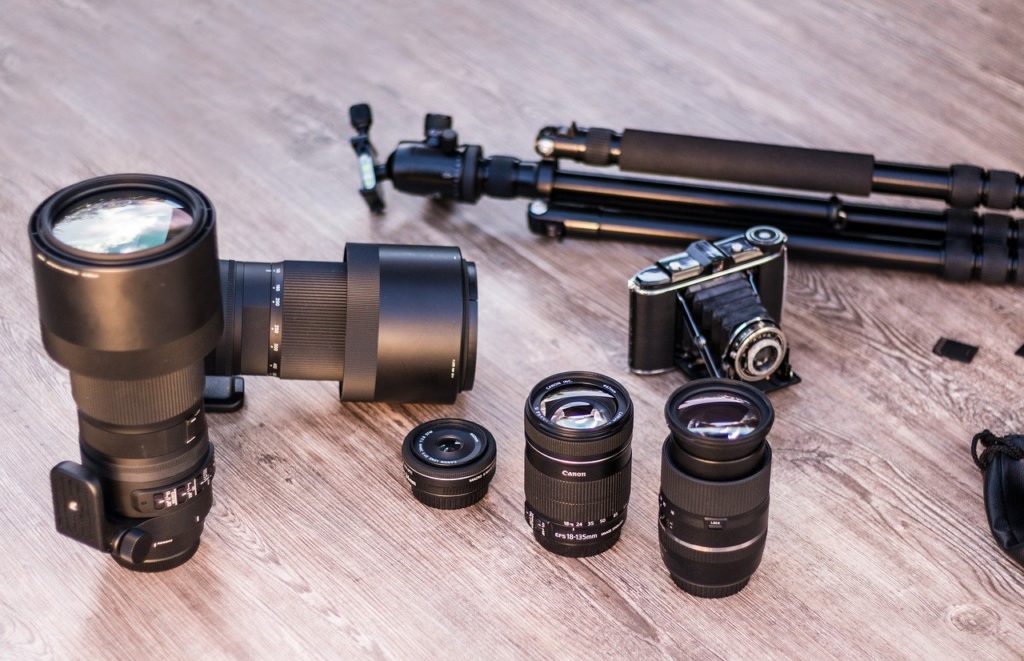The market for second-hand optics has experienced rather significant growth among photographers and videographers all across the world. But even as an experienced photographer, you still need to be aware of the lens you need as well as its capabilities. Below is a guide of tips you need to keep in mind when buying previously used lenses so that you don’t get ripped off your hard-earned cash.

1. Who Are You Buying From?
We’re not saying that you have to take them out for a basketball game or anything, but it’s a good idea to get to know more about your seller before buying the lens.
Try and get referrals from people who have done business with them depending on how you came across them. The more you know about their character and approach to business, the better. You can search the Surplus Database to find great deals on optics.
If you’re buying from an eCommerce site such as eBay, look up buyer reviews and avoid people without feedback from buyers if possible.
It’s a good idea to know why the lens is being sold in the first place and if the answer provided is unsatisfactory, avoid buying from the vendor because they may be trying to sell to you a faulty lens.
2. How is the State of the Lens’s Body

This is the first check you are going to do so its absolutely fundamental that you be thorough.
A few scratches are fine because they will not impact how the lens functions, but if you find any dents that look a bit serious, don’t hesitate to ask your seller about how they came about.
3. Use A Light for Further Inspection

Use a torch to inspect the aperture for any dust clumps or fungus that have crept into the lens.
Small specks of dust should not prove to be much of a problem, but bigger ones could affect how the lens operates as well as the quality of images produced.
If you notice big dark spots in the light path then the lens is probably damaged and it’s wise that you keep your money until you find something better.
4. How Good is the AutoFocus

Attach the lens to a camera and see how well it focuses.
Naturally, different lenses are made with varying autofocus capabilities but you can’t be too sure. Do not be afraid to experiment with the lens on different focus modes, distances, and angles. Also, remember to check whether its focusing is as smooth and fast as you’d like it to be.
Don’t rush as you do this and do not hesitate to confer with your seller concerning anything that bothers you.
5. Check its Zooming Power

If its a zoom lens you’re buying, the zoom ring should rotate smoothly but not too easily – if it’s loose, then the lens has probably been in use a lot and might fail you in future, even worse while shooting.
6. How Are Its Aperture Blades
A lens that has not been in use for extended amounts of time can develop oil around its aperture blades, especially a lens kept in an overly warm environment.
This oil ruins the efficiency of the lens as it causes viscosity that creates friction thus preventing smooth aperture changes.
7. How Is The Quality of Images

Last but not least, don’t be comfortable with the images you see on the camera screen. The quality of pictures the lens takes is important so try and take a few pictures and view them from a computer screen with a good display monitor.
Keep in mind that a minor speck today can evolve tomorrow into a blemish that ruins all the pictures you take using that lens. It can be such a let down especially if you coughed out a lot of money for the lens. Go with a laptop along to meet the buyer if you can and inspect the images on site. You simply cannot afford to be too careful!
